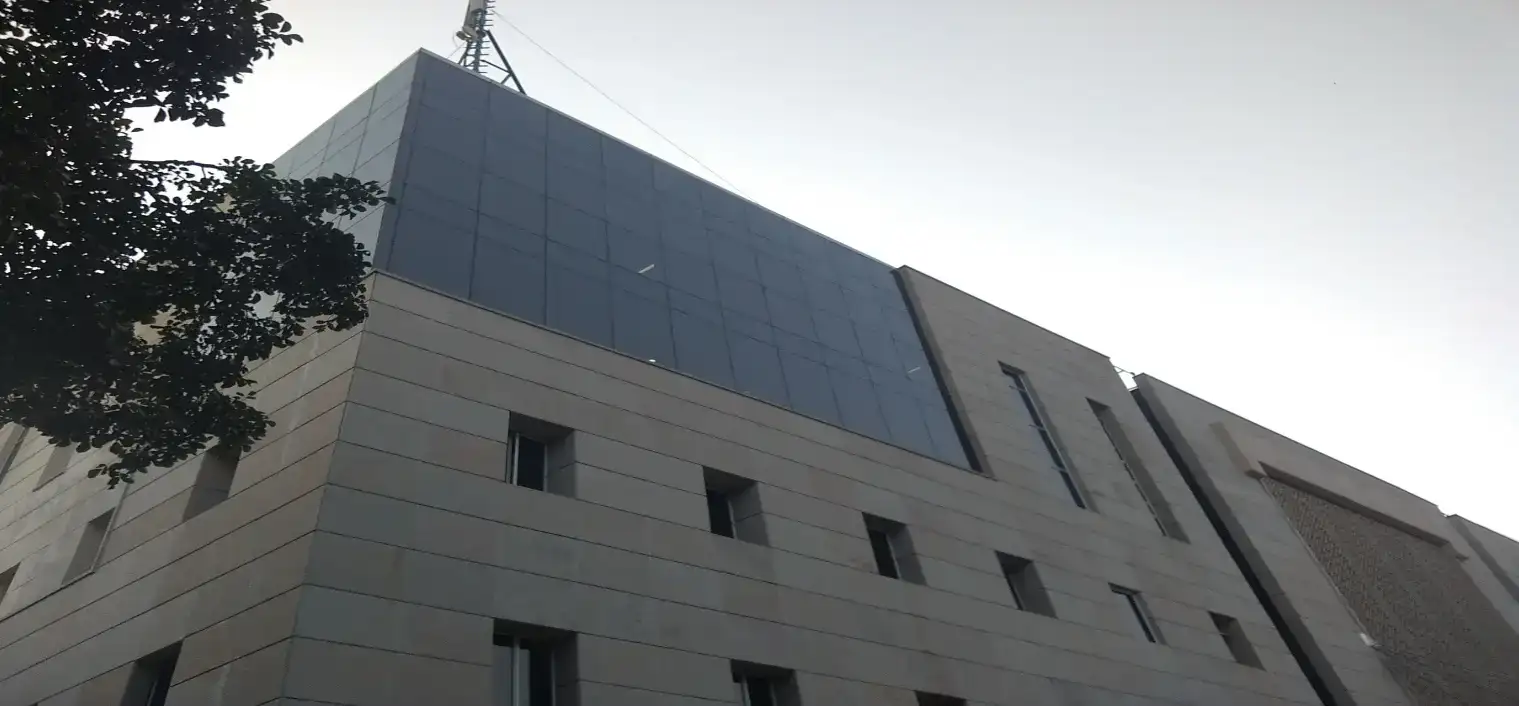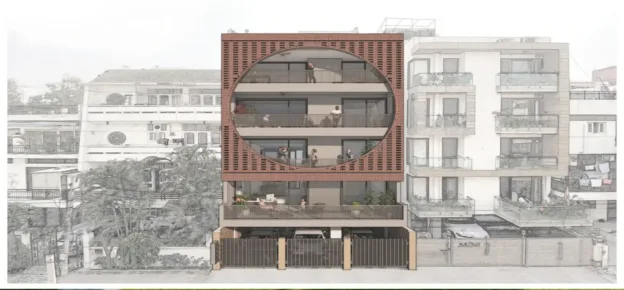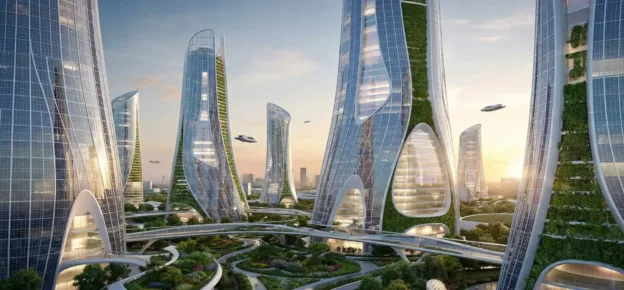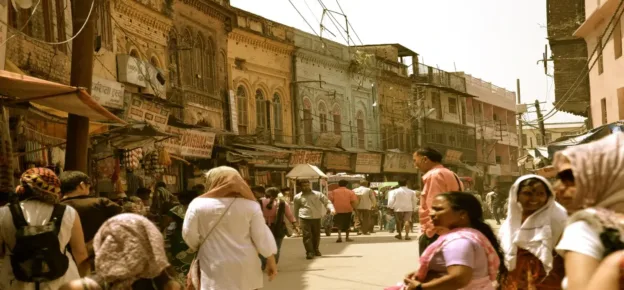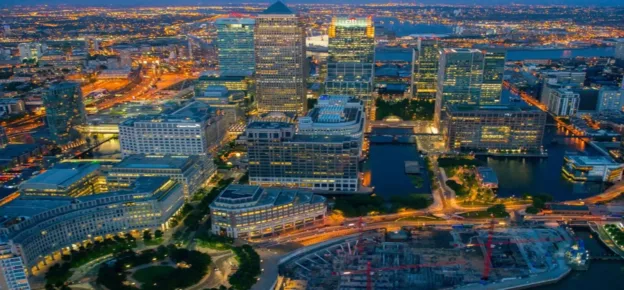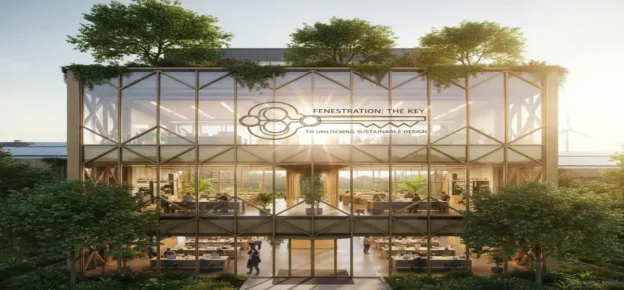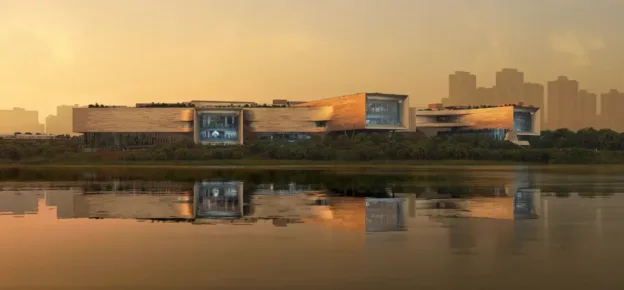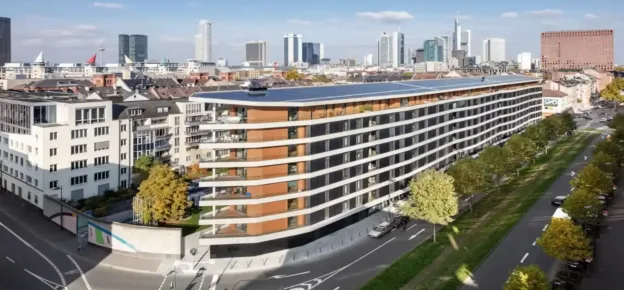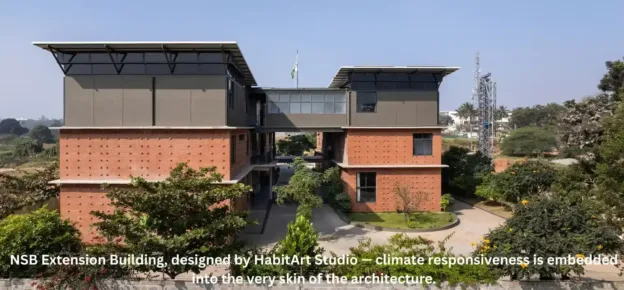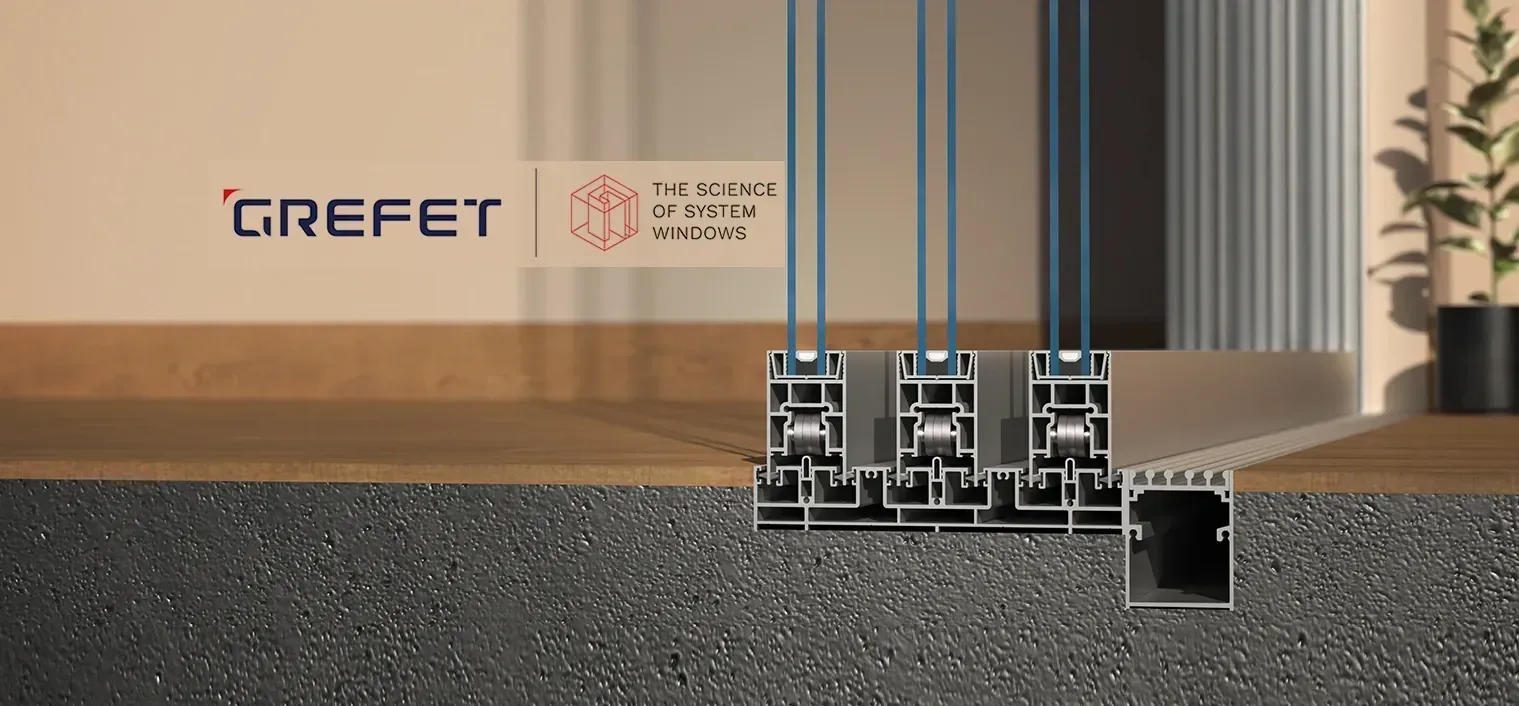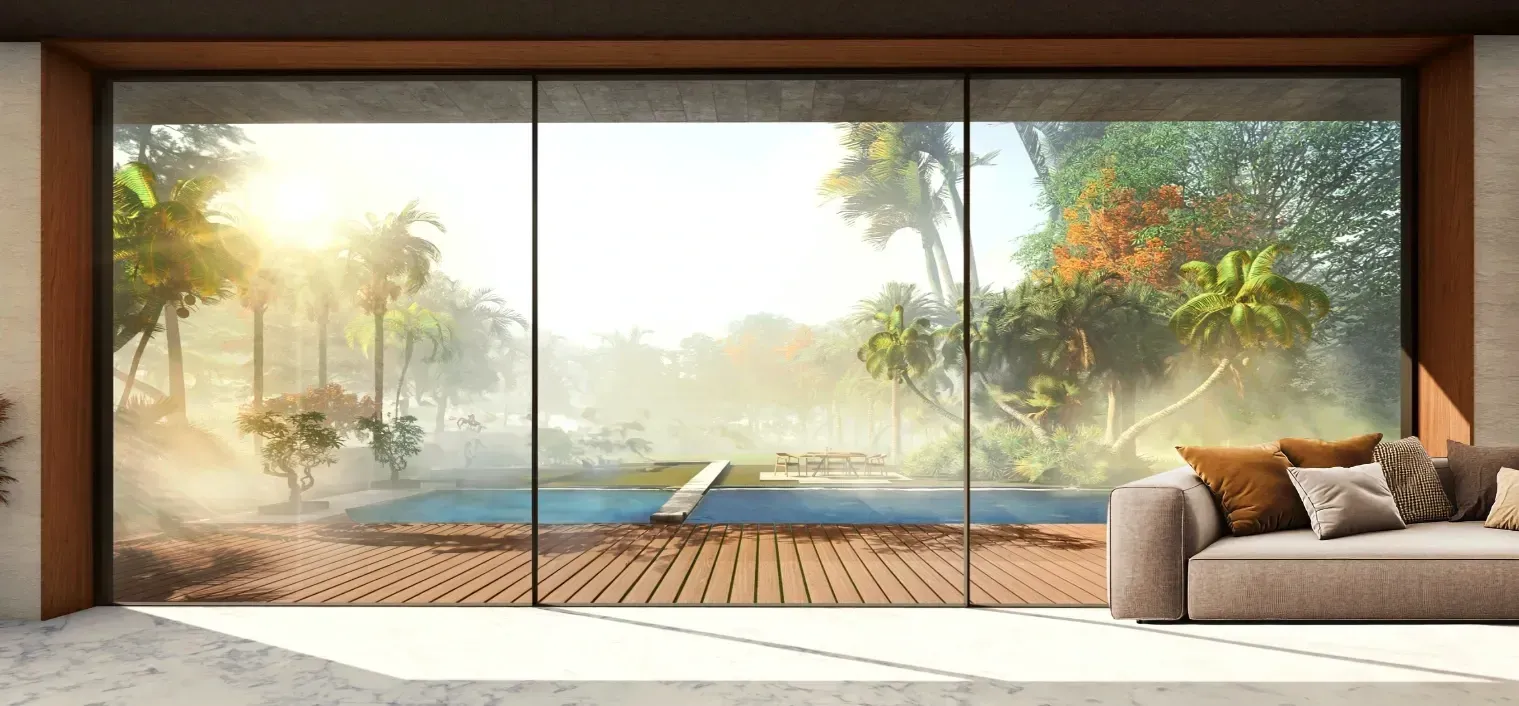In the evolving architectural landscape of New Delhi, the NTH (The National Trust for the Handicapped) Building at Shaheed Jeet Singh Marg, designed by R & G Architects International, stands out as a contemporary exemplar of how façade and fenestration strategies can embody both aesthetic distinction and environmental responsibility. As India grapples with the twin demands of rapid urbanisation and sustainable development, this building represents a vital convergence of design intelligence, material innovation, and climatic responsiveness.
Recognised as a certified green building with LEED Gold rating, the NTH Building illustrates how an environmentally responsive envelope can drive both energy performance and occupant comfort, without compromising on architectural expression. The façade system plays a pivotal role in defining the building’s sustainable identity, regulating thermal comfort, maximising daylight, and enhancing user well-being.
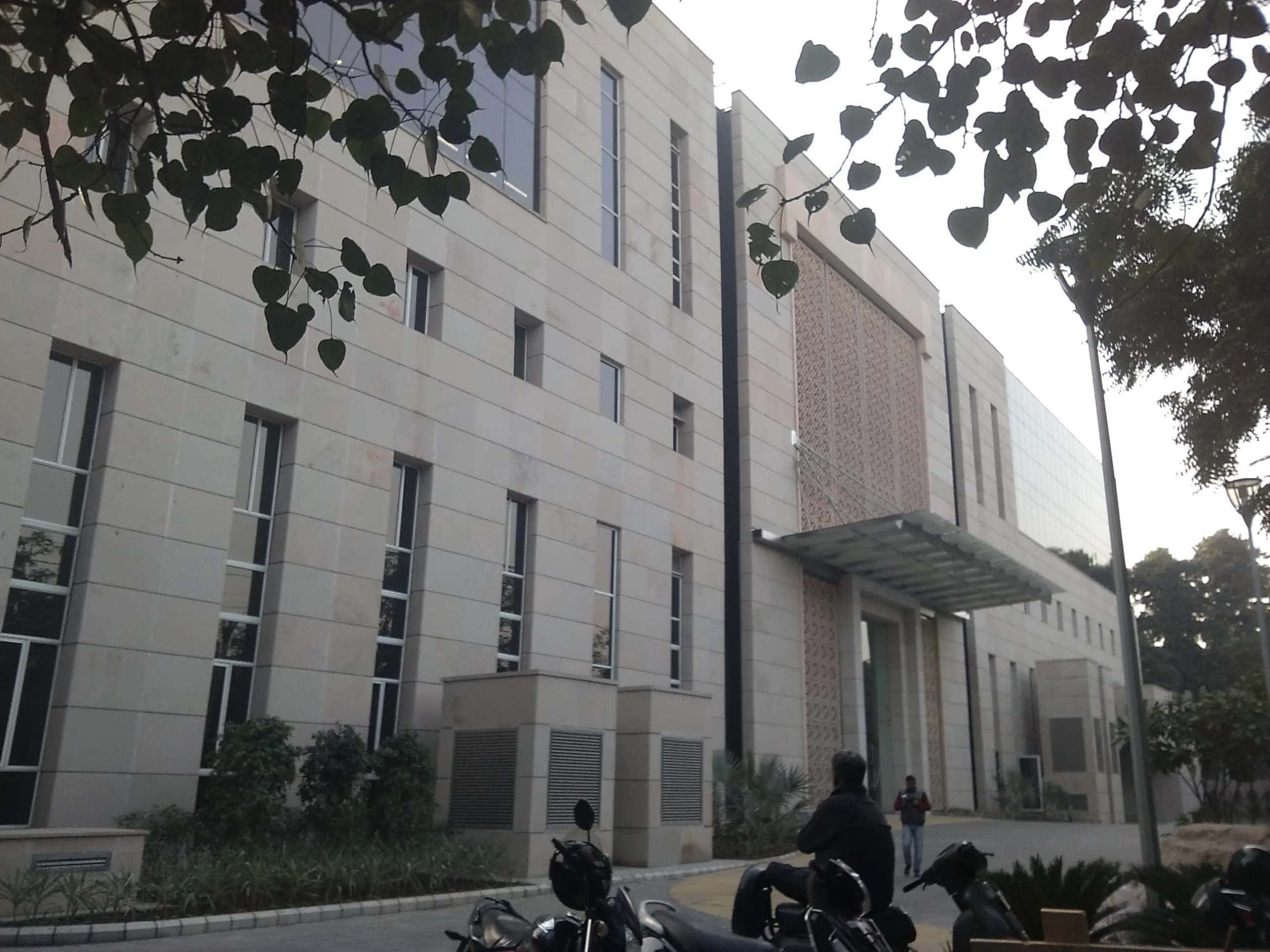
Context And Design Philosophy
Situated in Delhi’s extreme composite climate – where summer temperatures can exceed 45°C and winters drop below 5°C – the NTH Building required a façade strategy deeply rooted in passive design principles. R & G Architects approached the project with a bioclimatic sensibility, blending innovative technology and materiality to ensure thermal stability and spatial comfort across all seasons.
The design strategy was founded on three principles:
- Performance-Led Architecture – prioritising envelope efficiency in heat gain control and natural lighting.
- Material Expressiveness – using stone, GRC panels, and insulated glazing to create a layered and dynamic aesthetic.
- Environmental Accountability – deploying strategies that reduce operational energy, support occupant health, and contribute to Green Building certification.
Double Skin Façade: A Strategic Innovation
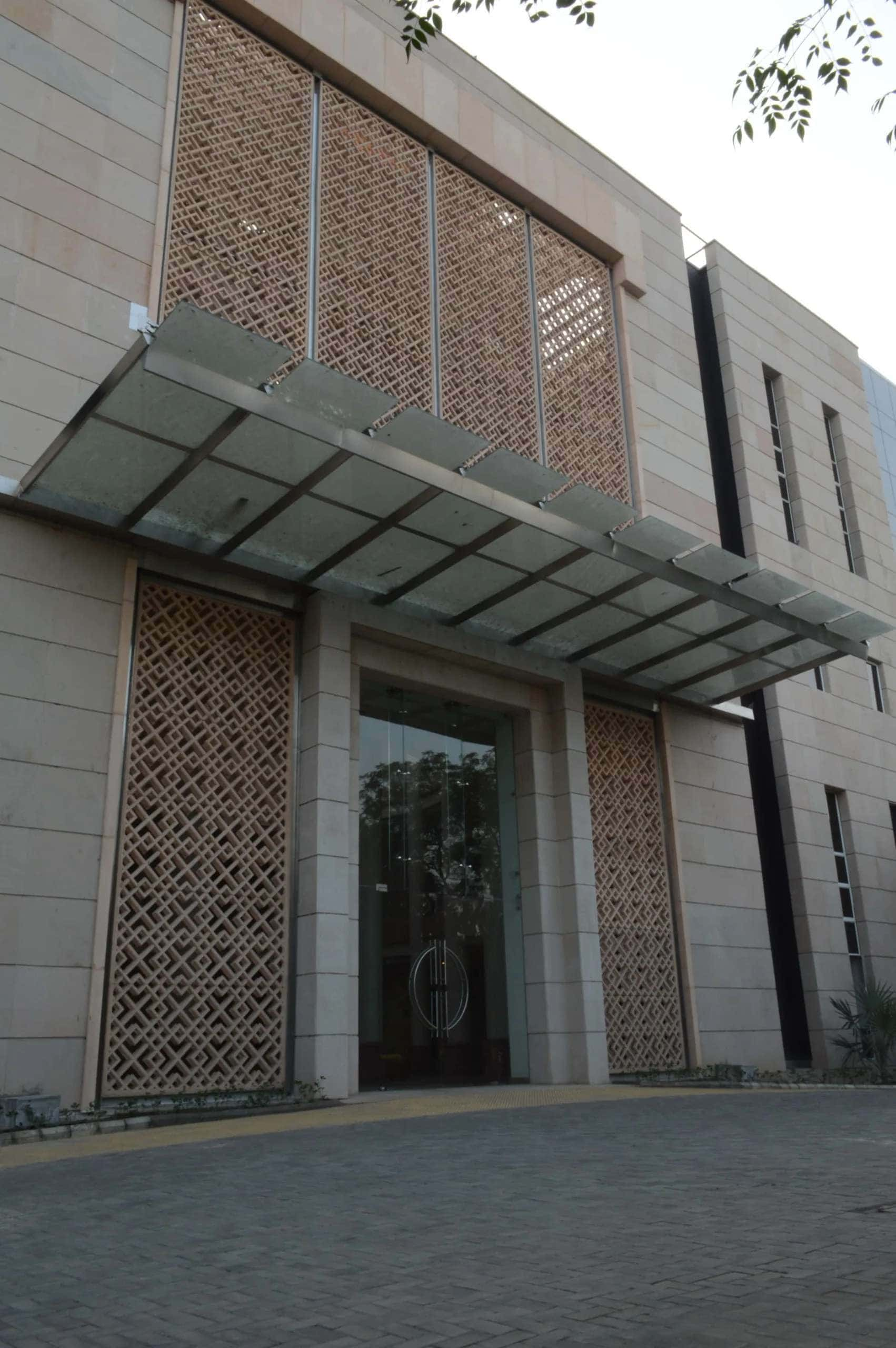
At the heart of the building’s sustainability strategy is its double skin façade system, which functions as a climate-responsive envelope enhancing both aesthetics and performance. The outer skin, composed of GRC (Glassfibre Reinforced Concrete) panels, forms a patterned screen that filters solar radiation while enabling daylight penetration. The design allows air to flow through ventilated cavities, promoting natural stack ventilation. This minimizes the building’s reliance on mechanical cooling, especially during the shoulder seasons.
The inner skin, a continuous layer of high-performance insulated glazing, provides the primary thermal and weather barrier. This glazing system incorporates low-emissivity coatings, further reducing unwanted heat gain while maintaining visual connection with the exterior.
This layered approach not only reduces the cooling loads and glare inside but also helps maintain consistent thermal comfort, which is a critical requirement in securing LEED credits for energy optimisation and indoor environmental quality.
Material Palette And Its Architectural Role
Insulated Glass Units (IGUs): The façade integrates IGUs as a core performance element. With their air or inert gas-filled interlayers, these glass panels drastically reduce heat transfer, optimise daylight ingress, and limit the use of artificial lighting – all contributing to lower energy consumption.
The use of IGUs supports:
- Energy efficiency by reducing thermal transmittance.
- Visual comfort through glare control and natural light optimisation.
- Acoustic insulation enhances the work environment.
In the LEED framework, these benefits directly contribute to credits under Energy and Atmosphere, and Indoor Environmental Quality.
GRC Panels For The Outer Skin
Selected for their lightweight strength, design flexibility, and eco-friendly properties, GRC panels are used extensively on the outer skin. Their perforated design offers a dual benefit:
solar shading and visual identity.
Key Features:
- High durability with low maintenance.
- Reduced embodied carbon relative to precast concrete or metal panels.
- Design adaptability to create custom screen patterns that enhance the building’s visual rhythm.
The use of GRC panels, especially in a ventilated double skin system, supports LEED goals in Materials & Resources, particularly those addressing environmentally preferred construction materials.
Natural Stone Cladding
The building’s base uses locally sourced natural stone, anchoring it in the regional context and providing thermal mass. This helps modulate internal temperatures by storing heat during the day and releasing it at night.
Aesthetic and performance benefits include:
- Textural contrast with smoother modern materials like glass and GRC.
- Long-term weather resistance and material ageing with dignity.
- Contribution to regional materials credits under LEED.
By using natural stone and GRC in tandem, the design strikes a meaningful balance between heritage and innovation.
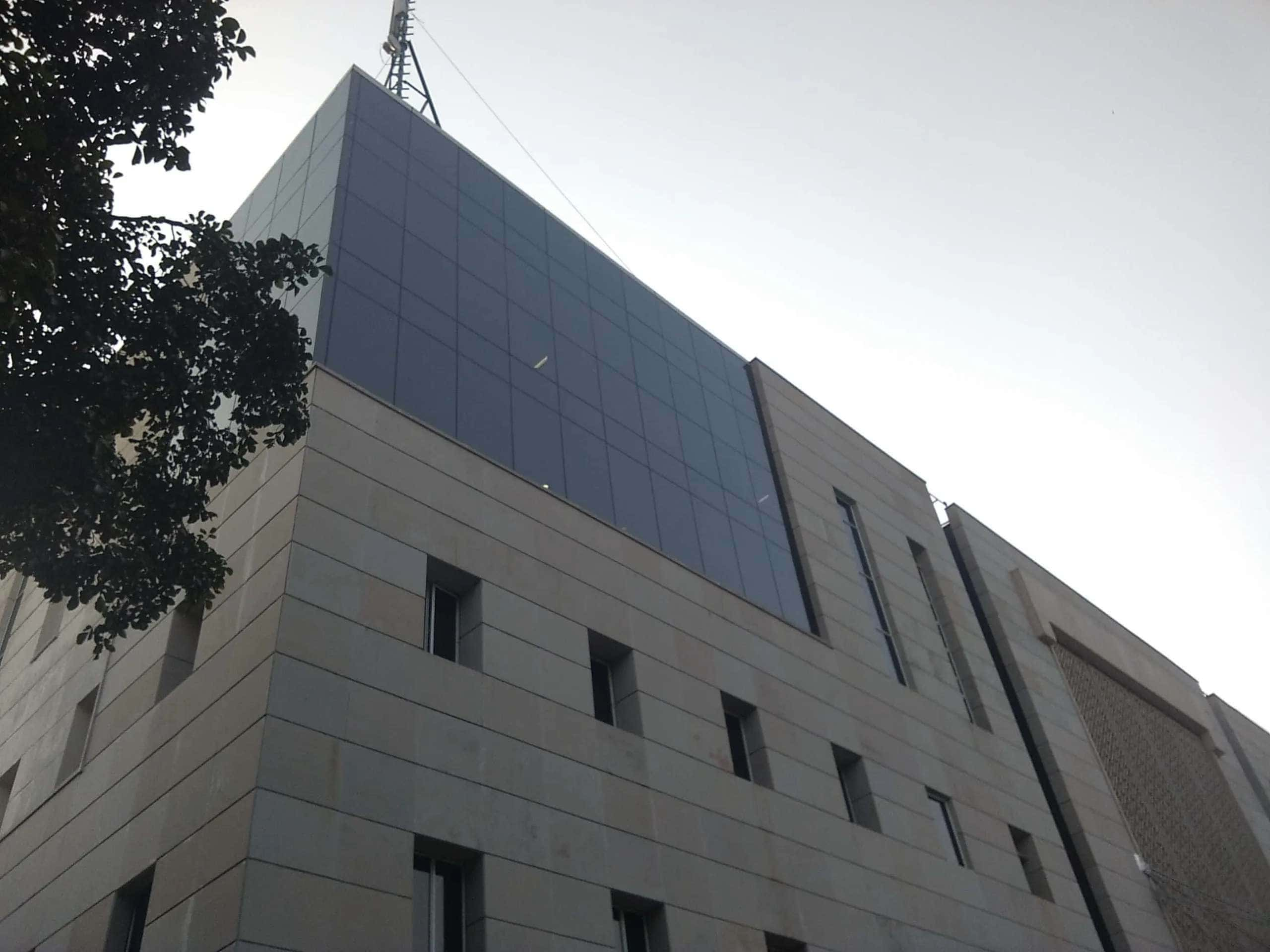
Fenestration Strategy: Performance With Poise
The fenestration strategy is designed to ensure that each window opening contributes to daylighting, ventilation, and occupant comfort, rather than simply offering views.
Strategies adopted:
- Orientation-sensitive fenestration: North-facing glazing to maximise soft daylight, while minimising heat gain on east and west sides.
- Operable sections for natural ventilation during moderate seasons.
- External shading systems integrated with GRC panels to reduce glare and overheating.
These strategies helped secure LEED points in areas such as:
- Daylight and Views.
- Thermal Comfort.
- Natural Ventilation and IAQ.
The result is an interior environment that remains consistently bright, thermally stable, and visually connected to its urban surroundings – key factors in improving occupant productivity and well-being.
Conclusion: Setting A Benchmark For Sustainable Urban Architecture
The NTH Building at Shaheed Jeet Singh Marg, designed by R & G Architects International, is an example of how architectural design and sustainability can work in tandem. Through the smart integration of a double-skin façade, high-performance glazing, GRC outer screens, and natural stone, the project has redefined how buildings in urban India can perform, age, and inspire.
Its LEED Gold certification is a reflection of thoughtful design decisions, rigorous material selection, and a holistic vision for environmental stewardship.
As cities face increasing pressure to build sustainably and responsibly, the NTH Building offers a blueprint for the future: one where form follows performance, and architecture becomes a vehicle for climatic resilience and urban excellence.
Quick Facts:
|
